Charcoal Beauty
John Singer Sargent’s portrait drawings at the Morgan offer a rare look into a lesser-known part of the American ex-pat's practice
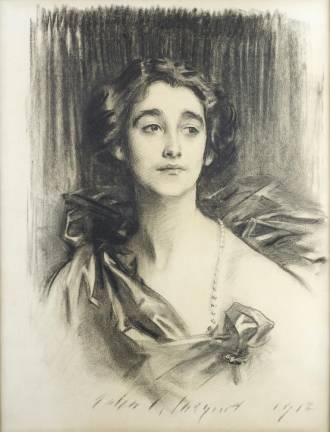
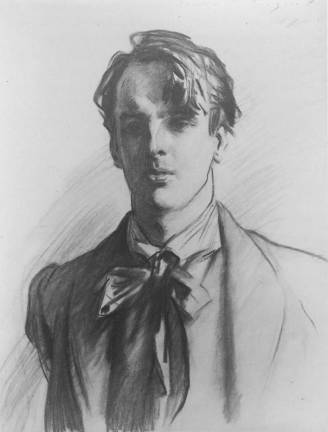
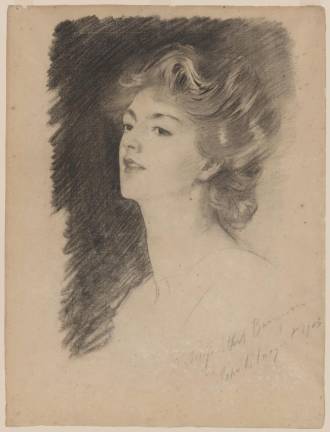
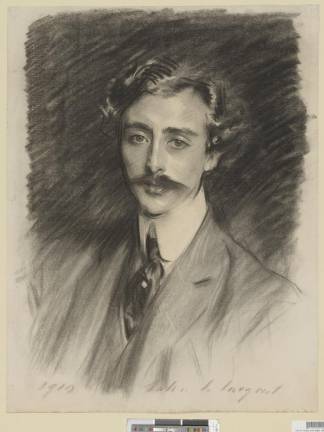
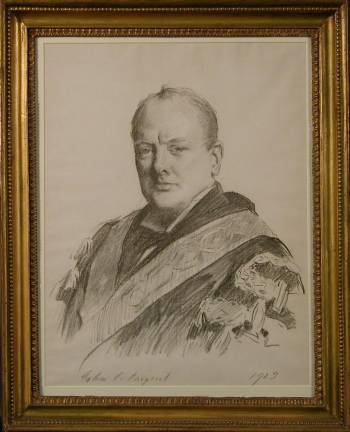
For Sargent freaks, the wait is over. It’s been more than four years since the city has seen a major show dedicated to the work of the legendary portraitist. In 2015, The Met hosted a sprawling exhibit of his paintings, “Portraits of Artists and Friends,” which showcased the notorious “Madame X” from its collection, along with a memorable portrait of Sargent’s mentor, Carolus-Duran, and more. Now the Morgan Library & Museum is spotlighting the artist’s work in charcoal, a medium he turned to in 1907 after he quit painting portraits.
“No more paughtraits ... I abhor and abjure them and hope never to do another especially of the Upper Classe [sic],” John Singer Sargent (1856-1925) wrote in a letter to a friend. But his services were in demand, and there was no way to say “No” to the torrent of commissions from these upper classes and others. “I won’t paint you, but I’ll draw you,” he said, according to his grandnephew Richard Ormand, 80, at a recent lecture. He swapped out his paints for charcoal, producing over 750 portraits in black and white, more than he made in oils. Ormond, guest curator and a leading Sargent scholar, selected 55 to hang at the Morgan.
Early 20th Century Social Networks
Working in charcoal was less onerous than using paint. As co-curator Laurel Peterson said at a fall preview: “Unlike an oil painting, which typically required 6 sittings — or in the case of [Mrs. J.P. Morgan, Jr.], 13 — these drawings could be completed in only one sitting of two to three hours. They, too, catch the lively likenesses for which Sargent is known.”
The usual cast of characters is here — the upper echelons of society on both sides of the Atlantic — with a healthy helping of artists, writers, musicians and actors, an impressive cross-section of the leading figures of the day. The subjects ran the gamut, Peterson said, “from nobles with long pedigrees to newly prominent businessmen, from society hostesses to suffragettes. They included Bostonians, such as the Greenes [philanthropist Charlotte and son Stephen] and New Yorkers, such as John Lampert Cadwalader, president of the New York Public Library, and the British elite.”
The sitters were typically patrons, friends and relatives of friends—they were known to the artist, if only tangentially. “Social networks were enormously important to the production of these portraits. The majority of Sargent’s sitters already knew him or at least knew someone who did,” she said.
The Revelation of Essential Character
The works, almost all head-and-shoulder views, were not just commissions. Some were given away to treasured associates or to people he admired from afar, like Ethel Barrymore and others in the creative community. “In 1903, Sargent had written to the American actress, asking her if he might make a picture. He presented the portrait to her as a gift afterwards, and the portrait became one of her most treasured possessions,” the curator said.
By all accounts, sitting to Sargent was not dull. He moved around quite a bit, breaking to play the piano if he felt like it and muttering “Demons” under his breath if the results didn’t suit. He sometimes invited friends to these sessions to engage the sitters and “keep their features animated,” Peterson said.
He demanded as much of his subjects as he did of himself. “He’s performing, and he expects you to perform,” Ormond said. In 1901, Ethel Smyth, a British composer, singer and feminist, was encouraged to sit at the piano in her cottage and literally perform—sing the most exciting songs she knew. She was game, and the result was a priceless “singing portrait” that captured her true spirit.
Because that’s what Sargent was going for in these drawings, which he called “mugs”—the revelation of a person’s essential character and expression. He had a genius for making figures come alive in his art.
Yeats's Velvet Coat and Floppy Hair
The tools he used were relatively simple, but the results were anything but. His portrait of American pianist and composer Ernest Schelling (1910), like many here, emerges from a dark background. “We can see Sargent’s mastery of the layering of lights and darks. Look at the bold lines of charcoal in the hair. It’s easy to imagine Sargent sketching them in quick, constant strokes. To create those striking areas of light on the nose and forehead, he would use a mere crust of bread to remove areas of charcoal,” Peterson said.
One of the many standouts here is the breathtakingly handsome portrait of Irish poet William Butler Yeats. The drawing was commissioned for the frontispiece of the first volume of his “Collected Poems” (1908). According to Ormond, “He told Sargent that he wore a velvet coat so people would see how important he was. And you can see that he was quite pleased with himself with the coat and floppy hair.”
The exhibit’s signature image is a picture of London banking heiress Sybil Sassoon (1912), the daughter of close friend Aline de Rothschild. Sybil was just 18 when her brother, an MP, commissioned the piece. She remembered playing piano duets with Sargent as a child. He would later say that Sybil was the most beautiful woman he had ever drawn. A shimmering opera cloak frames her features and draws us into his rarefied world.
IF YOU GO
What: John Singer Sargent: Portraits in Charcoal
Where: The Morgan Library & Museum 225 Madison Avenue (between 36th and 37th Streets)
When: Through January 12
themorgan.org